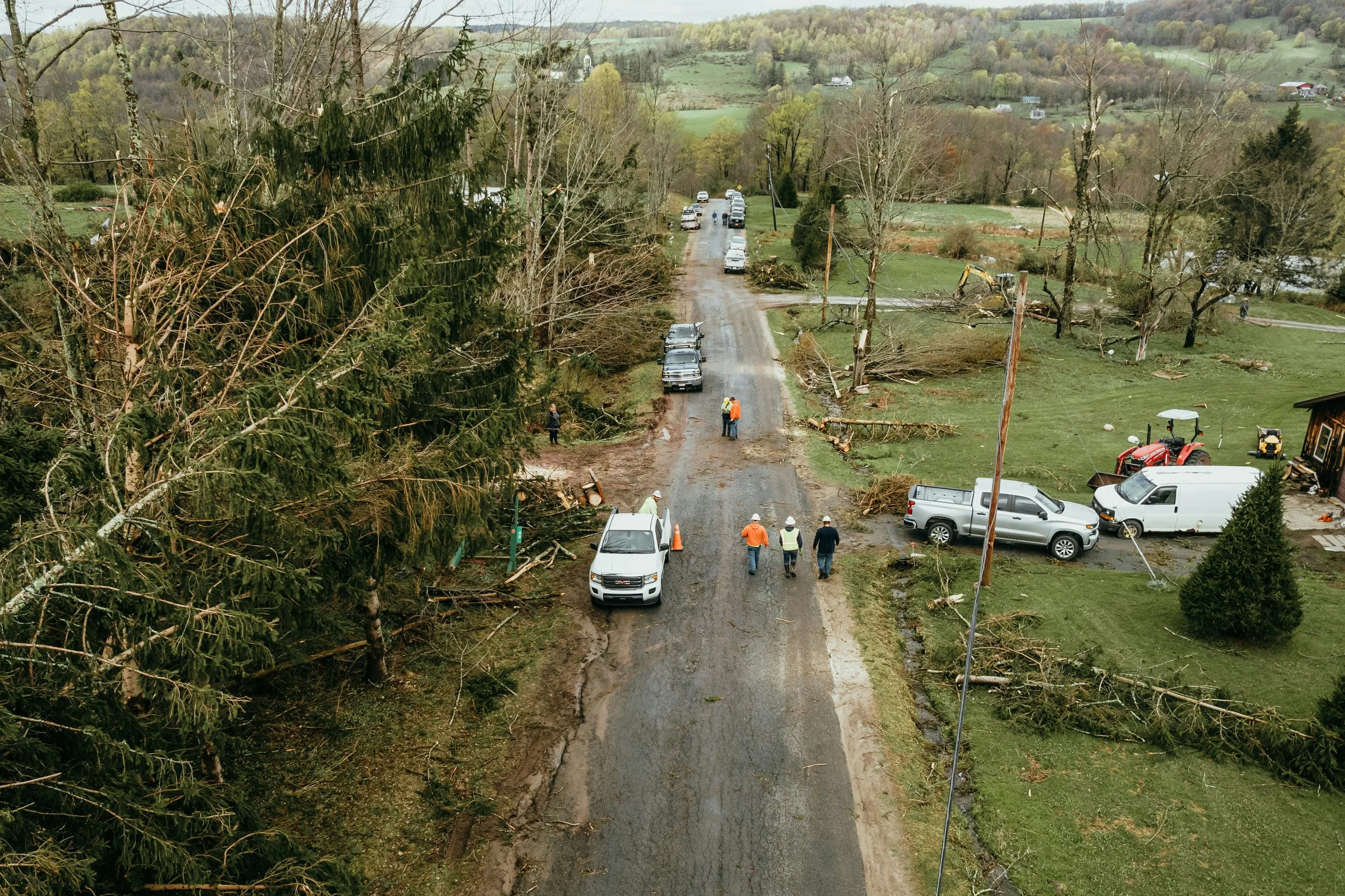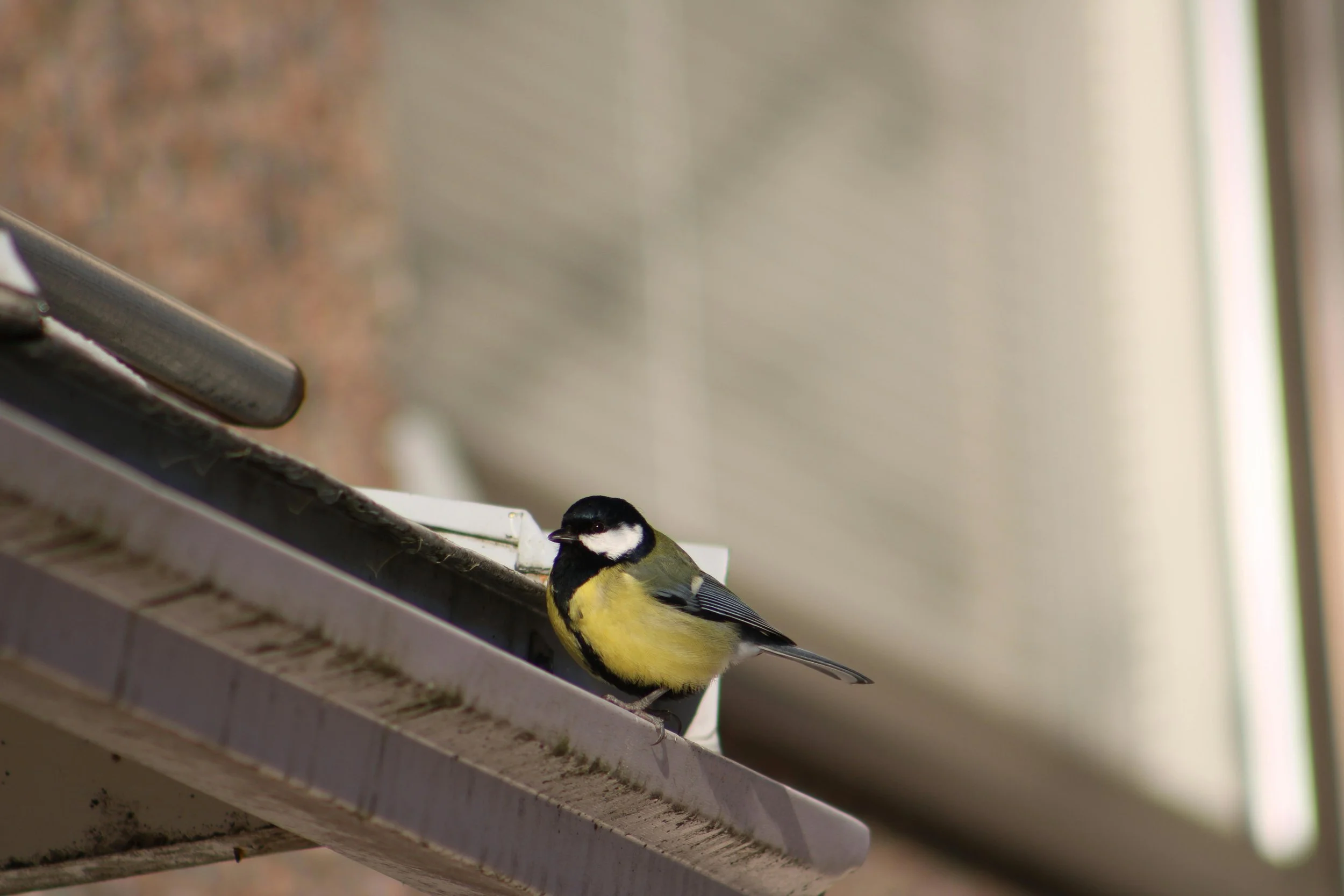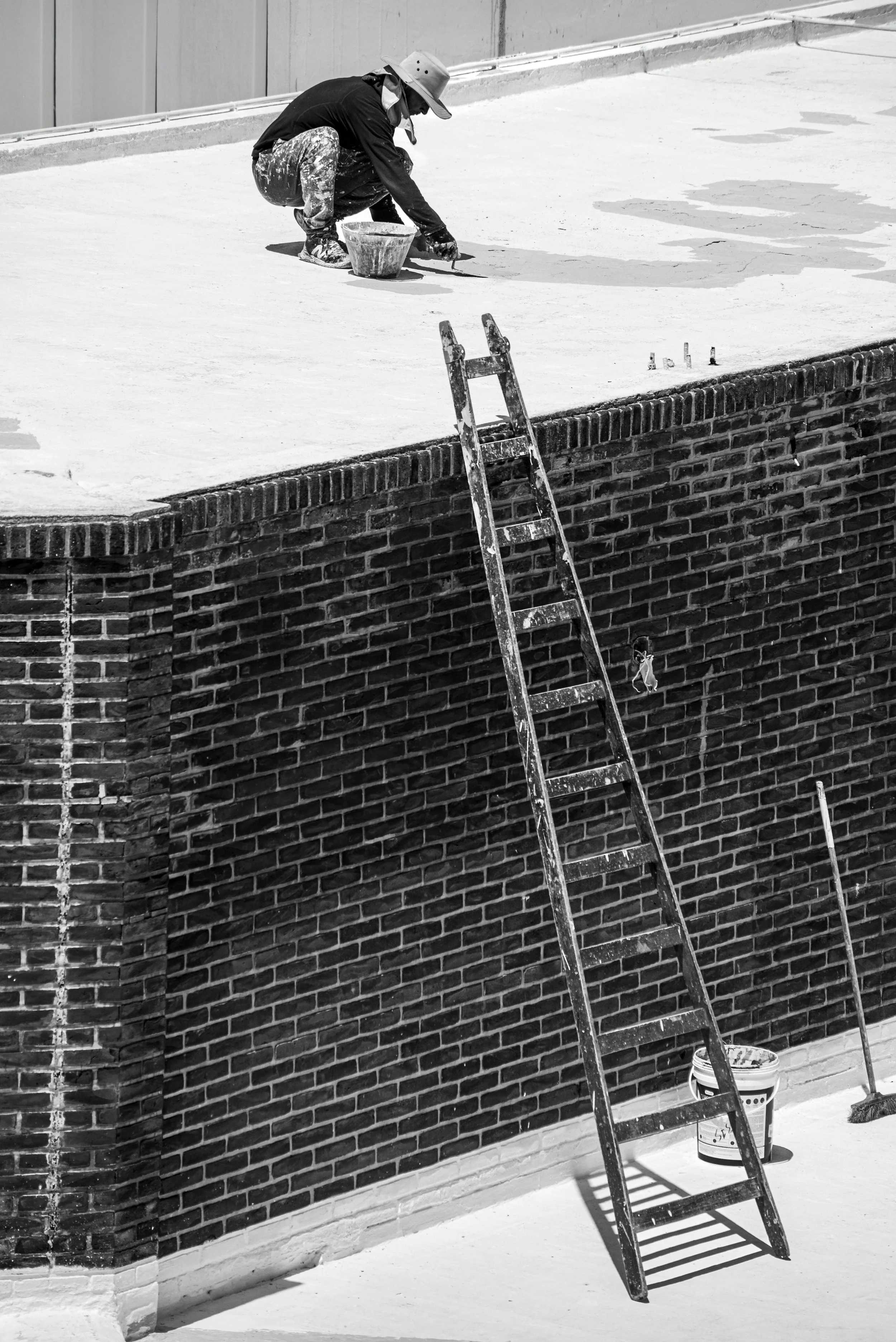Identifying Storm Damage in Northeast Ohio Homes: A Comprehensive Guide
Northeast Ohio is no stranger to severe weather, ranging from powerful thunderstorms to heavy snowfalls and ice storms. These storms can wreak havoc on your home's roof, siding, and gutters, leading to costly repairs if not addressed quickly. Identifying storm damage early through a thorough storm damage inspection can help prevent further damage and ensure your home remains safe and secure. Here's a guide on how to identify storm damage specific to Northeast Ohio homes and the importance of timely storm roof repairs.
1. Inspect the Roof for Missing or Damaged Shingles
During thunderstorms or windstorms, shingles can be torn off or damaged. If you've experienced strong winds, check your roof for any missing or curled shingles. Wind speeds in Northeast Ohio can easily exceed 50 mph during summer thunderstorms, causing significant wind damage, and older or poorly maintained shingles are more likely to be affected. Missing shingles are a clear sign of storm damage and may leave your home vulnerable to leaks. It's also important to check for cracked, curled, or torn shingles, which could indicate that the roofing material was weakened during the storm. Look for granule loss on shingles, as this can compromise their effectiveness in protecting your roof deck.
2. Check for Hail Damage
Hailstorms are common in Northeast Ohio, particularly during the late spring and early summer months. Hailstones can cause significant damage to your roof, siding, and gutters. On your roof, look for dents, dings, or dark spots on the shingles, which may indicate impact from hail. The damage may not always be visible from the ground, so it's important to perform a close inspection or hire a professional to conduct a roof inspection after storm events.
Hail can also damage your gutters and siding. If you notice dented gutters or cracks in your gutters, or if your siding shows signs of impact, these could be the result of hailstorms. Keep an eye out for any cracks in vinyl or aluminum siding, as hail can cause these materials to weaken or break. Consider installing impact-resistant materials during future roof maintenance to better protect your home from hail damage.
3. Inspect for Water Leaks and Interior Damage
Heavy rainfall is a common feature of storms in Northeast Ohio, and it can quickly lead to leaks if your roof is compromised. After a storm, check your attic and ceiling for signs of water damage, such as water stains, damp insulation, or mold. If you notice any of these signs, including stained ceilings or moisture in attic spaces, it could indicate that rainwater has seeped into your home due to roof damage. Water leaks should be addressed immediately to avoid further interior damage, such as rot, mold, or mildew. Look for peeling paint near roofline areas, as this can also indicate water infiltration.
4. Look for Debris and Fallen Trees
Strong winds, particularly during severe thunderstorms, can knock over trees and branches onto your roof. Fallen trees or large branches can cause major damage to the roof, gutters, or siding through debris impact. After a storm, walk around your property and check for any tree limbs or debris that may have struck your home. If a large tree or branch has fallen on your roof, it's essential to call a professional to remove the debris and inspect the roof for structural damage, including potential damage to the roof deck.
5. Check Gutters and Downspouts
Gutters play an important role in protecting your home from water damage. Storms can clog gutters with leaves, debris, and even ice, leading to various gutter problems. If your gutters are filled with debris or have been damaged by heavy winds or hail, they may not be able to effectively direct water away from your home. Check for sagging, cracked, or dented gutters, and ensure that downspouts are clear and functioning properly. Broken gutters can lead to standing water near your home's foundation, potentially causing serious structural issues.
6. Seek Professional Help for an Inspection
If you've identified any of these signs of storm damage, it's important to schedule a professional inspection. Many roofing companies offer free roof inspections to assess storm damage. A local expert will have experience with the specific types of storm damage that affect homes in the region, including snow and ice damage during winter months, and can provide you with a detailed assessment of your roof's condition. They can also check for less obvious issues like flashing damage, which can lead to leaks if left unaddressed.
During the inspection, be sure to document the damage thoroughly, as this will be crucial for potential insurance claims. Don't wait too long to make repairs, as delaying them could lead to more extensive damage and higher repair costs down the road. In some cases, temporary repairs may be necessary to prevent further damage while waiting for more comprehensive storm roof repairs.
Conclusion
Identifying storm damage quickly is crucial for maintaining the integrity of your home in Northeast Ohio. Whether it's wind, hail, rain, or snow, storms can cause significant damage to your roof, siding, and gutters. Regular roof maintenance and prompt storm damage inspections can help prevent minor issues from becoming major problems. If you suspect storm damage, don't hesitate to reach out to a trusted roofing contractor in your area to conduct a thorough roof inspection after storm events and recommend the best course of action, including necessary repairs or waterproofing measures. Taking care of storm damage early will help protect your home and prevent costly repairs in the future.







